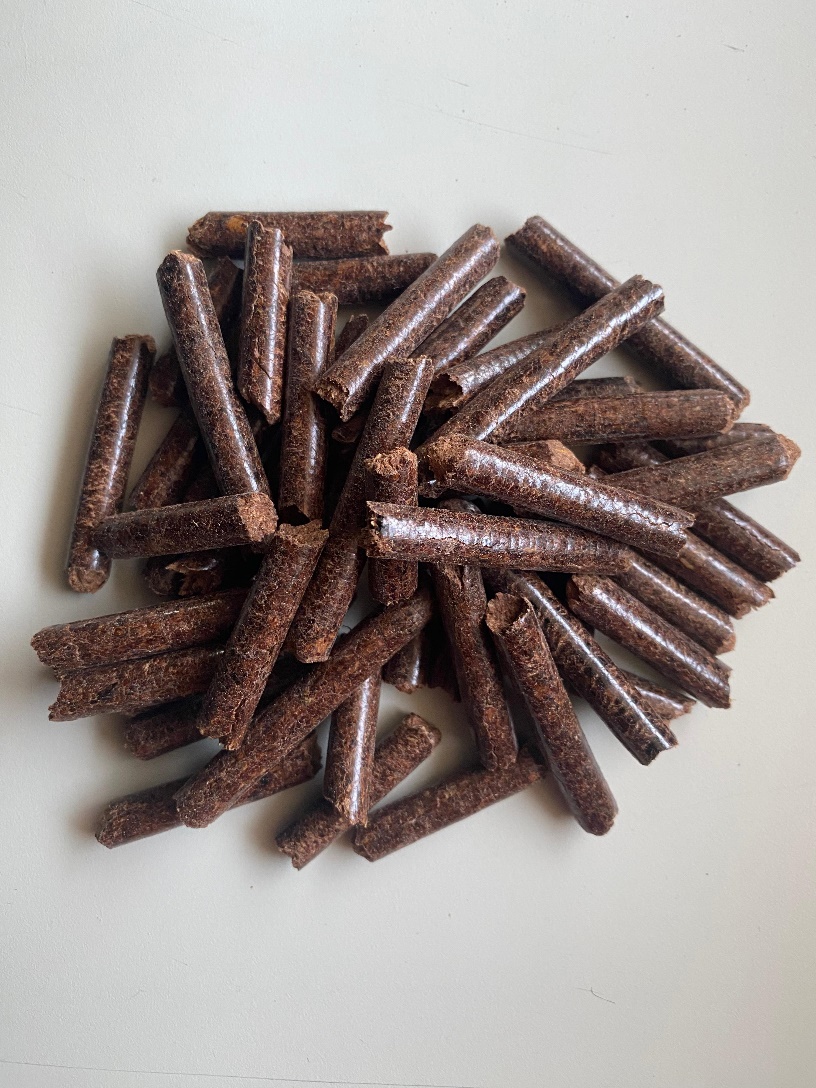As the world grapples with climate change and seeks sustainable energy solutions, wood pellets are emerging as a promising alternative to traditional fossil fuels. These small, compressed cylindrical pieces of biomass are not only a cleaner energy source but also contribute to a circular economy. In this blog post, we’ll explore what wood pellets are, their benefits, and how they can play a pivotal role in our energy transition.
What Are Wood Pellets?
Wood pellets are made from compressed sawdust, wood shavings, and other wood by-products. The manufacturing process involves drying the raw material, compressing it under high pressure, and extruding it into small pellets. These pellets are typically used for heating and electricity generation, offering a viable option for both residential and industrial applications.
The Benefits of Wood Pellets
- Renewable Resource: Wood pellets are derived from sustainably managed forests and agricultural residues. This renewable aspect means that as long as we manage our forests responsibly, we can produce biomass without depleting natural resources.
- Carbon Neutrality: When burned, wood pellets release carbon dioxide, but this CO2 is part of the natural carbon cycle. The trees that were harvested for pellets absorb CO2 from the atmosphere during their growth, making wood pellets a more sustainable option compared to fossil fuels, which release carbon that has been stored for millions of years.
- Efficient Energy Source: Wood pellets have a high energy density, meaning they produce a significant amount of heat for their size. This efficiency makes them ideal for both residential heating systems, such as pellet stoves, and large-scale power plants.
- Reduced Emissions: Compared to coal and natural gas, burning wood pellets emits fewer pollutants. Modern pellet stoves and boilers are designed to burn efficiently, resulting in lower emissions of particulate matter and other harmful pollutants.
- Economic Opportunities: The wood pellet industry creates jobs in rural areas, from forestry and manufacturing to distribution. By investing in local biomass resources, communities can enhance their economic resilience.
Wood Pellets in Action
Around the globe, countries are increasingly adopting wood pellets as part of their energy strategy. In Europe, for example, many nations are transitioning from coal to biomass for electricity generation, supported by government policies that promote renewable energy. In the United States, the growing demand for wood pellets has spurred investment in pellet production facilities, creating jobs and boosting local economies.
Challenges and Considerations
While wood pellets offer many benefits, it’s important to consider potential challenges. Sustainable sourcing is crucial; if forests are overharvested or managed unsustainably, the environmental benefits can be compromised. Additionally, the transportation of pellets can contribute to greenhouse gas emissions, so local sourcing is preferable whenever possible.
Conclusion
Wood pellets represent a valuable tool in the transition to renewable energy. Their ability to reduce greenhouse gas emissions, enhance energy security, and stimulate economic growth makes them an appealing choice for a sustainable future. As we continue to explore innovative solutions to our energy challenges, embracing wood pellets could be a significant step toward a cleaner, more sustainable world.
Are you interested in incorporating wood pellets into your energy strategy? Let us know how we can help you make the transition!




